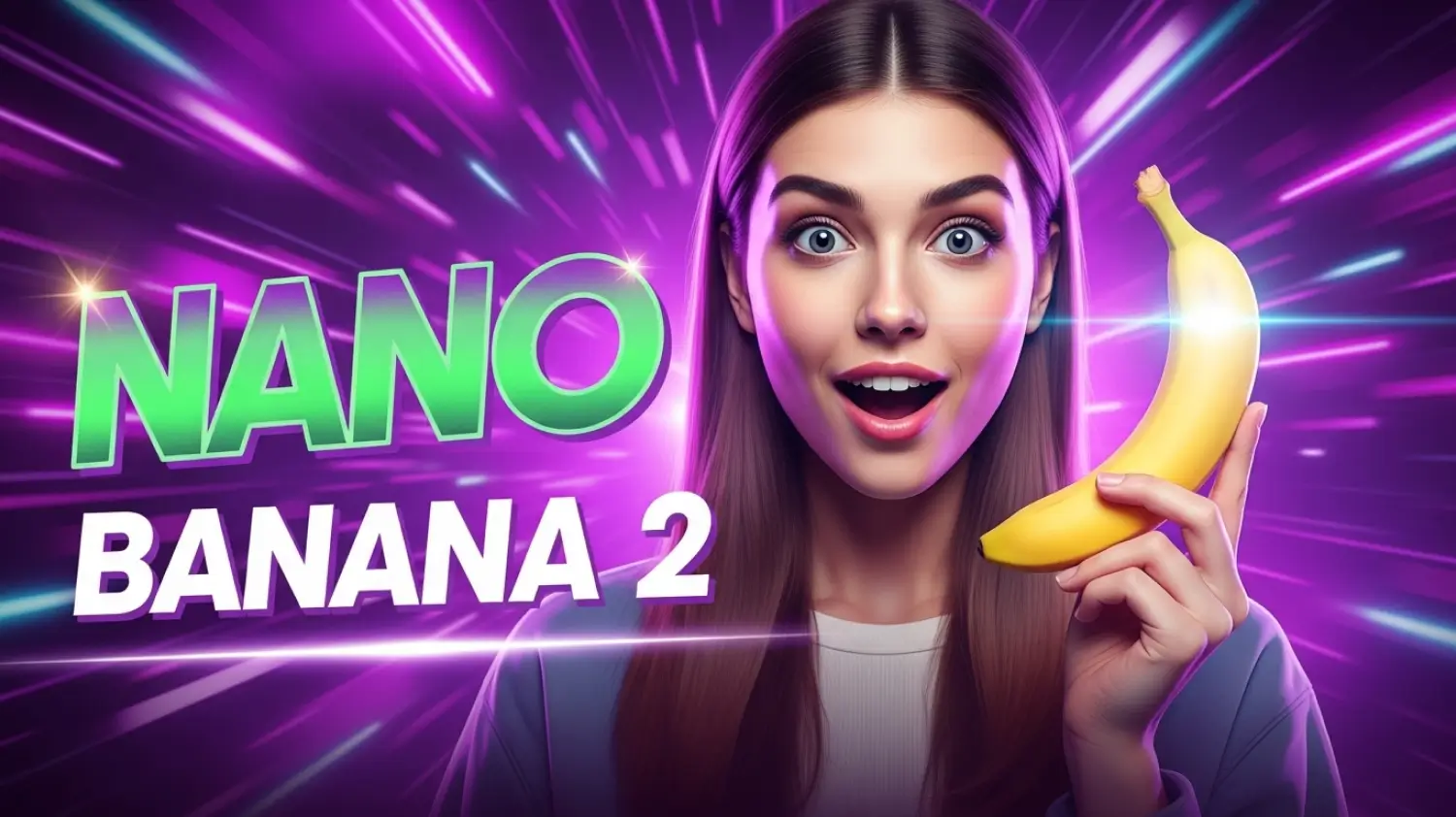Google Nano Banana 2 Leak Reveals a Hybrid AI Model That Thinks Before It Paints
- News
- 6 min read
- November 10, 2025
- Harish Prajapat
The Leak That’s Turning Heads
If the latest leaks are accurate, Google’s Nano Banana 2 could be the company’s most advanced image model so far. Reports describe it as a fusion of Gemini 3.0 Pro and a new diffusion-based synthesis engine.
Insiders claim that Nano Banana 2 uses Gemini 3.0 Pro as its cognitive backbone, while a diffusion head handles the image generation. Although OpenAI and Anthropic have explored similar ideas, this may be the first commercial-scale version designed for real users.
How the Architecture Works
Think of Gemini 3.0 Pro as the brain and Nano Banana 2 as the hand that paints.
-
Gemini 3.0 Pro functions as a reasoning core that understands text, images, and structure.
-
The diffusion head acts as the renderer, converting ideas into visuals.
-
A shared latent layer connects the two so the model can use logical reasoning to control every step of image creation.
This design means the system doesn’t just generate pixels randomly. It interprets meaning and intent before deciding how to draw.
Learn more about Gemini 3.0 Pro at Google DeepMind.
From Comprehension to Intent
Traditional image models like Imagen 3 or DALL·E 3 are excellent at understanding what a user wants. When prompted with “a cat in a raincoat under neon lights,” they reproduce the description accurately.
Nano Banana 2 appears to go further. It captures the feeling behind the words.
For example, if you ask for “a scientist who just realized her experiment failed,” it doesn’t just show a lab. It adds atmosphere: a messy workspace, dim lighting, a hand frozen mid-motion. The model seems to grasp tone and cause-and-effect, not just literal instructions.
Technical Leaps to Expect
1. 4K Native Generation
Leaks referencing “GemPix 2”—believed to be Nano Banana 2’s internal codename—suggest native 4K rendering and 16-bit color depth. That’s a big jump from the earlier 1-megapixel limit, likely made possible by a new high-efficiency sampling scheduler.
2. Cross-Image Coherence
Nano Banana 1 impressed with character consistency. The sequel might remember whole scenes, maintaining lighting and geometry across multiple images. It could even produce photo series that evolve like film frames.
3. On-Device Inference
Some reports mention an Android-integrated version. This could mean a smaller, optimized model running locally for quick edits while the cloud-based Gemini handles complex reasoning.
4. Temporal Logic for Video
Internal notes mentioning “temporal coherence mapping” hint at early support for video diffusion. It might allow smooth frame-to-frame consistency similar to what OpenAI’s Sora model promises.
5. Intent Vector Alignment
Google researchers have tested “intent vector” embeddings that represent emotional or narrative purpose. If used here, creators could adjust mood or storytelling tone directly—like saying “make it nostalgic”—without detailing the scene.
Reasoning, Not Rendering
The real breakthrough may be cognitive rather than visual.
Modern diffusion models already achieve photorealistic results. What they lack is reasoning. Nano Banana 2 could change that. Early examples show it analyzing context before generating images, producing scenes that feel thoughtful and cohesive.
In essence, it behaves more like a director planning a shot than a painter copying a description.
What Might Come Next
If this architecture works as described, Google could build a multi-agent creative stack:
-
Gemini for reasoning and scene planning
-
Nano Banana 2 for visual creation
-
A potential third model, possibly focused on sound or motion alignment
Together, they could form a unified system where AI doesn’t just create assets but composes meaning across media.
Why It Matters
-
Smarter visuals: The model understands context, tone, and intent.
-
Storytelling potential: Enables coherent sequences and emotional depth.
-
Faster creation: On-device processing could make visual editing nearly instant.
-
Industry shift: Google challenges OpenAI and Anthropic’s lead in multimodal AI.
-
Ethical focus: Continued watermarking and bias controls improve transparency.
Leaked Output Example

This image shows the kind of reasoning-guided generation Nano Banana 2 is rumored to produce. The model demonstrates logical comprehension before creating the visual result.
How to Try It Early
If you want early access, the MagicShot.ai is expected to host Nano Banana 2 previews once it’s released.
Be the first to try it:
MagicShot Market – Early Nano Banana 2 Access
Whether it’s called Nano Banana 2 or GemPix 2, this model could mark a turning point in creative AI. It’s no longer just about sharper pixels or faster rendering. It’s about understanding the meaning behind a prompt and translating that into believable visual stories.
If even half of these leaks prove accurate, Nano Banana 2 might become the first AI model that thinks before it paints.
Frequently Asked Questions
Not yet. All current information comes from credible leaks and internal documentation.
It combines Gemini 3.0 Pro reasoning with a diffusion renderer, enabling context-aware 4K visuals.
Some reports suggest a smaller Android version may handle lightweight editing tasks offline.
Possibly. The leaks mention temporal mapping, which could lead to video synthesis.
There’s no confirmed date yet, though many expect a public preview by late 2025 via Google AI Studio.

